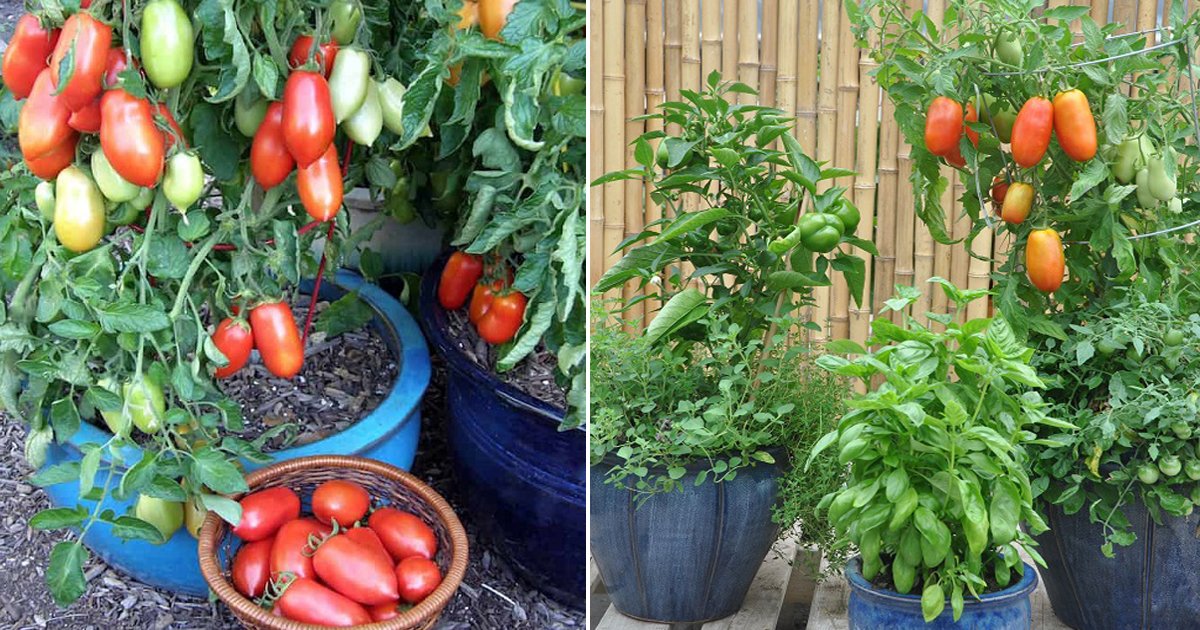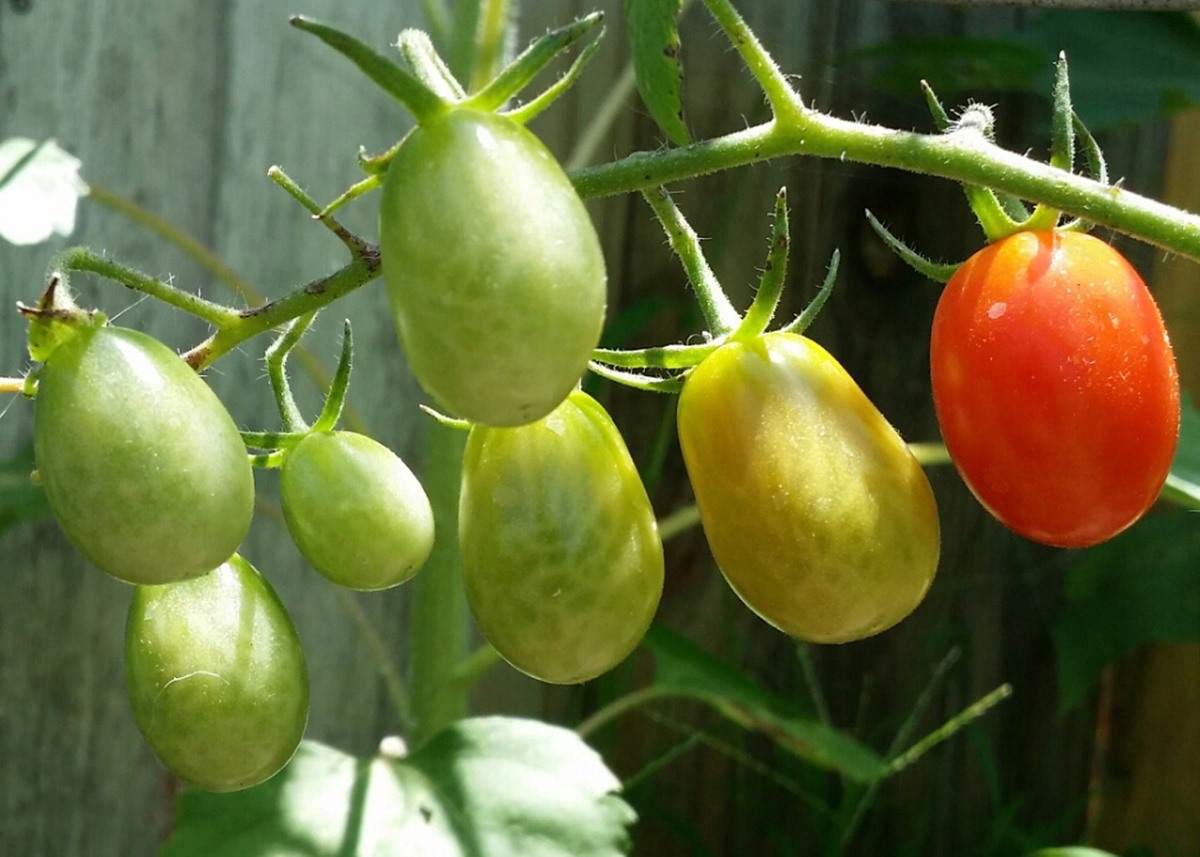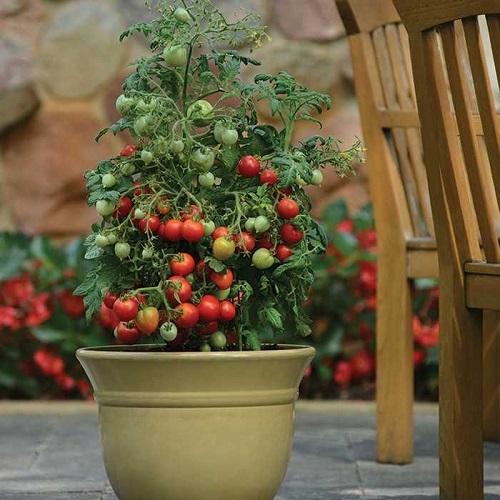Why Choose Roma Tomatoes for Container Gardening
When it comes to planting roma tomatoes in pots, gardeners can reap numerous benefits from this compact and productive variety. Roma tomatoes are ideal for container gardening due to their compact size, which makes them perfect for small spaces and balconies. Additionally, they offer a high yield, providing an abundance of delicious tomatoes for fresh eating, cooking, and preserving. Another significant advantage of growing Roma tomatoes in containers is their natural disease resistance, which reduces the risk of common tomato diseases and minimizes the need for pesticides and fungicides. By growing Roma tomatoes in pots, gardeners can also exert better control over soil quality and moisture levels, ensuring a healthy and thriving plant. This level of control is particularly important when planting roma tomatoes in pots, as it enables gardeners to create an optimal environment for healthy growth and maximum yield.
Selecting the Right Pot and Soil for Your Roma Tomatoes
When planting roma tomatoes in pots, it’s essential to choose the right pot and soil to ensure healthy growth and maximum yield. The ideal pot size for Roma tomatoes should be at least 5-gallons, with good drainage holes to prevent waterlogged soil. In terms of material, consider using pots made from breathable materials like terra cotta or ceramic, which allow for better air circulation and moisture regulation. A well-draining potting mix specifically designed for tomatoes is also crucial, as it will help prevent waterlogged soil and root rot. Look for a mix that contains a blend of peat moss, vermiculite, and perlite, which will provide good drainage and aeration for the roots. Avoid using regular garden soil, as it can compact and prevent proper drainage in containers. By selecting the right pot and soil, you’ll be able to create an optimal environment for your Roma tomatoes to thrive.
How to Plant Roma Tomatoes in Pots for Maximum Yield
When planting roma tomatoes in pots, it’s essential to follow a few key steps to ensure a healthy and productive plant. Start by preparing the soil by mixing in a balanced fertilizer and a handful of compost. Then, gently remove the seedling from its container and plant it in the pot at a depth of about 2-3 inches deeper than it was previously. Space the plants about 18-24 inches apart, depending on the variety. For indeterminate varieties, provide support using tomato cages, trellises, or stakes to keep the plant upright and encourage even growth. Water the soil gently but thoroughly after planting, and keep the soil consistently moist during the first few weeks after planting roma tomatoes in pots. As the plant grows, prune the lower leaves to prevent soil-borne diseases and promote air circulation. By following these steps, you’ll be well on your way to growing a bountiful crop of delicious Roma tomatoes in pots.
Optimizing Light and Temperature for Healthy Roma Tomato Plants
Roma tomatoes in pots require adequate light and temperature to thrive. When it comes to light, Roma tomatoes need at least 6 hours of direct sunlight per day. If you’re growing them indoors, place them near a south-facing window or use grow lights to supplement the natural light. In terms of temperature, Roma tomatoes prefer daytime temperatures between 65-70°F (18-21°C) and nighttime temperatures around 55-60°F (13-15°C). Avoid placing your pots near heating vents, radiators, or air conditioning units, as this can cause temperature fluctuations that can stress the plants. Additionally, protect your plants from extreme weather conditions such as frost, high winds, and intense heat by moving them to a sheltered location or providing shade. By optimizing light and temperature, you’ll be able to create an ideal environment for your Roma tomatoes to grow and produce a bountiful harvest.
Watering and Fertilizing Your Roma Tomatoes in Pots
Proper watering and fertilizing are crucial for healthy Roma tomato plants in pots. When it comes to watering, aim to provide about 1-2 inches of water per week, either through rainfall or irrigation. Check the soil moisture by sticking your finger into the soil up to the first knuckle. If the soil feels dry, it’s time to water. Avoid overwatering, which can lead to root rot and other problems. Water at the base of the plant, avoiding the leaves to prevent fungal diseases. For fertilizing, use a balanced fertilizer (10-10-10 NPK) and follow the instructions on the label. You can also use organic fertilizers like compost tea or fish emulsion. Feed your Roma tomatoes in pots every 1-2 weeks during the growing season. Additionally, consider using a fertilizer specifically formulated for tomatoes, as it will provide the necessary nutrients for optimal fruit production. By watering and fertilizing your Roma tomatoes in pots correctly, you’ll be able to promote healthy growth and maximize your harvest.
Pest and Disease Management for Roma Tomatoes in Containers
When growing Roma tomatoes in pots, it’s essential to be aware of common pests and diseases that can affect your plants. Some of the most common pests that can infest Roma tomatoes in pots include hornworms, aphids, and whiteflies. To prevent and control infestations, use organic and integrated pest management solutions such as introducing beneficial insects, spraying soapy water, or using neem oil. Regularly inspect your plants for signs of pests, and take action promptly to prevent the infestation from spreading. Additionally, keep your pots clean, and remove any debris or weeds that can attract pests.
Fungal infections, such as septoria leaf spot and early blight, can also affect Roma tomatoes in pots. To prevent fungal diseases, ensure good air circulation around your plants, and avoid overwatering. Remove any infected leaves or stems, and treat the plants with a fungicide if necessary. Bacterial diseases, such as bacterial spot and bacterial canker, can also affect Roma tomatoes in pots. To prevent bacterial diseases, avoid wounding the plants, and keep the pots clean. Use copper-based fungicides to treat bacterial infections.
By being proactive and taking preventative measures, you can minimize the risk of pest and disease infestations and ensure a healthy and productive harvest of Roma tomatoes in pots. Regularly monitor your plants, and take action promptly if you notice any signs of pests or diseases. With proper care and attention, you can enjoy a bountiful harvest of delicious and flavorful Roma tomatoes.
Pruning and Training Roma Tomatoes in Pots for Maximum Yield
Pruning and training Roma tomatoes in pots is crucial for promoting healthy growth, increasing yield, and preventing disease. Pruning involves removing certain parts of the plant to direct its energy towards fruit production. For Roma tomatoes in pots, it’s essential to prune suckers, which are shoots that grow between the main stem and a branch. Remove these suckers when they’re still small to encourage the plant to focus its energy on producing fruit.
Another important pruning technique is removing lower leaves. As the plant grows, remove any leaves that are touching the soil or are below the first fruiting branch. This helps to prevent fungal diseases that can spread from the soil to the plant. Additionally, removing lower leaves improves air circulation around the plant, reducing the risk of disease.
Training Roma tomatoes in pots involves providing support for the plants as they grow. Indeterminate varieties of Roma tomatoes will continue to grow and produce fruit throughout the season, but they need support to prevent them from sprawling. Use tomato cages, trellises, or stakes to provide support for the plants. This will keep them upright, promote better air circulation, and make it easier to harvest the fruit.
By pruning and training Roma tomatoes in pots, you can promote healthy growth, increase yield, and prevent disease. Regular pruning and training will also encourage the plants to produce more fruit, resulting in a bountiful harvest of delicious and flavorful Roma tomatoes. Remember to prune and train your plants regularly, and you’ll be enjoying a fresh crop of Roma tomatoes in no time.
Troubleshooting Common Issues with Roma Tomatoes in Pots
When growing Roma tomatoes in pots, you may encounter some common issues that can affect the health and productivity of your plants. By being aware of these potential problems and taking preventative measures, you can overcome them and enjoy a successful harvest of delicious Roma tomatoes.
One common issue is yellowing leaves, which can be caused by overwatering, underwatering, or nutrient deficiencies. To address this, check the soil moisture and adjust your watering schedule accordingly. Also, ensure that your potting mix is well-balanced and provides essential nutrients for your plants.
Blossom end rot is another common problem that can affect Roma tomatoes in pots. This is caused by a lack of calcium in the fruit, which can be triggered by inconsistent watering or inadequate fertilization. To prevent blossom end rot, ensure that your plants receive consistent moisture and fertilize them regularly with a balanced fertilizer.
Slow growth is another issue that can arise when growing Roma tomatoes in pots. This can be caused by inadequate light, poor soil quality, or insufficient fertilization. To address this, ensure that your plants receive at least six hours of direct sunlight per day, use a high-quality potting mix, and fertilize them regularly.
By being aware of these common issues and taking preventative measures, you can overcome them and enjoy a successful harvest of delicious Roma tomatoes. Remember to monitor your plants regularly, adjust your care routine as needed, and take prompt action if you notice any problems. With proper care and attention, you can enjoy a bountiful harvest of Roma tomatoes from your pots.







